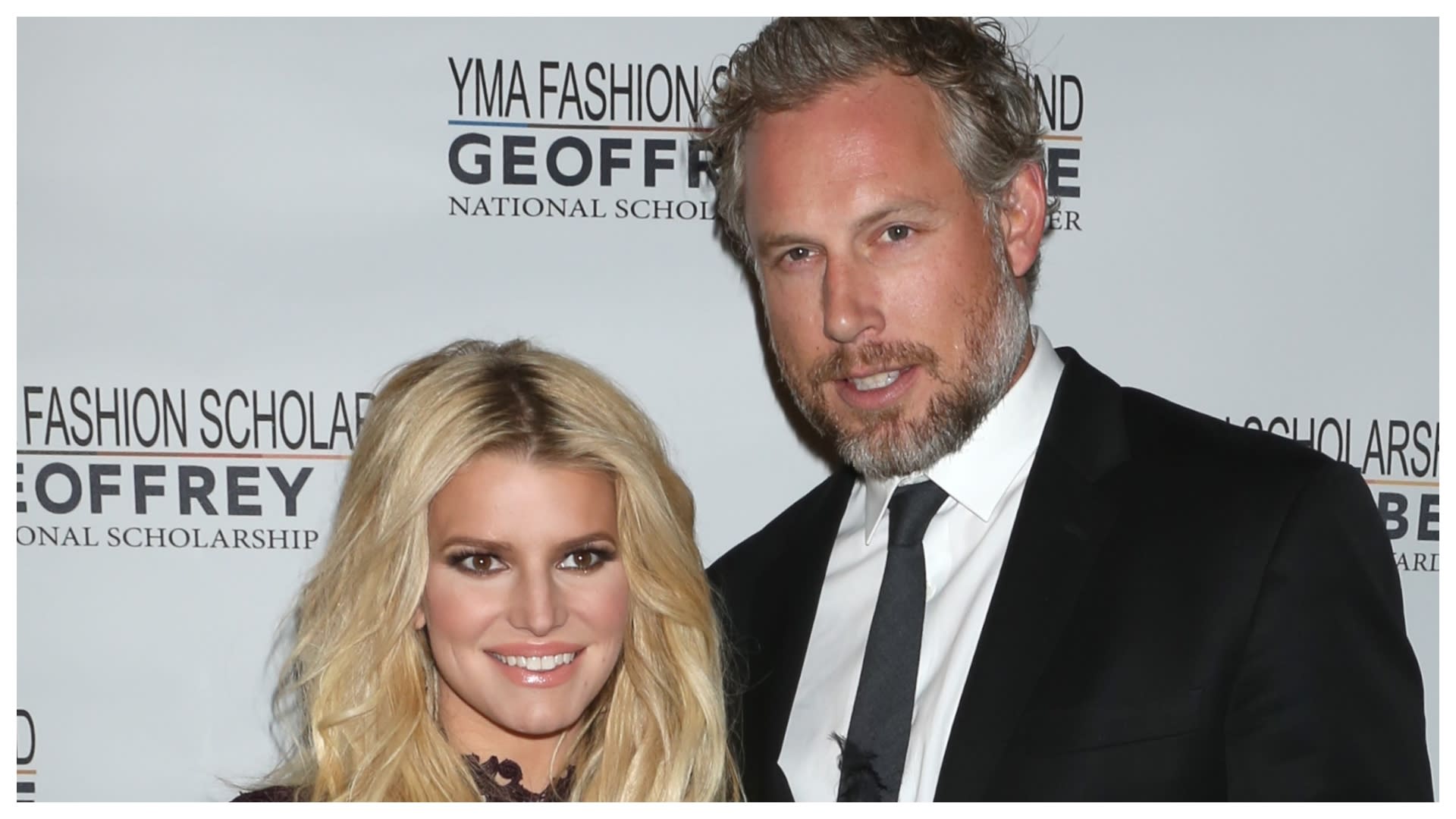Representation And Beyond: Exploring Nuance In Asian And Asian American Media

Table of Contents
The History of Stereotypical Representation
The portrayal of Asians and Asian Americans in media has a long and unfortunately, problematic history. Harmful stereotypes have been perpetuated for decades, shaping public perception and impacting the real-life experiences of these communities.
The "Perpetual Foreigner" Trope
The "perpetual foreigner" trope consistently portrays Asians as outsiders, never fully belonging, regardless of their citizenship or how long they've lived in their respective countries. This manifests in several ways:
- Examples from film and TV: The villainous Asian mastermind (think Fu Manchu or similar archetypes), the submissive Asian woman (often hypersexualized), and the nerdy, asexual Asian male are all classic examples of this trope. Even seemingly positive portrayals can reinforce this sense of otherness.
- Impact on real-world perceptions and experiences: This constant depiction as "other" fuels xenophobia and contributes to discrimination against Asian Americans in various aspects of life, from employment to social interactions.
- The role of historical context and xenophobia: The historical context of immigration, colonialism, and wartime propaganda played a significant role in establishing and reinforcing these negative stereotypes. Xenophobia often fuels these portrayals, further marginalizing Asian communities.
The "Model Minority" Myth
While seemingly positive, the "model minority" myth is equally damaging. This stereotype paints Asians as inherently intelligent, hardworking, and successful, often at the expense of acknowledging their struggles and diversity.
- The myth's origins and its impact on inter-ethnic relations: This myth emerged partly from Cold War politics and has been used to contrast Asian Americans with other minority groups, creating divisions within the broader fight for social justice.
- The suppression of diverse experiences and struggles: The "model minority" myth silences the experiences of Asian Americans who face poverty, discrimination, and mental health challenges. It erases the struggles of those who don't fit this idealized image.
- Examples in media that perpetuate this myth: Many media portrayals focus on the academic or professional success of Asian characters, neglecting other facets of their lives and identities. This reinforces the harmful notion that all Asians are uniformly successful and lack challenges.
Progress and Positive Representation
Despite the historical challenges, there has been notable progress in recent years towards more accurate and nuanced representation of Asian and Asian American communities in media.
Increased Visibility and Diversity
We are witnessing a growing presence of Asian and Asian American actors, creators, and stories in mainstream media. This increased visibility is crucial for challenging existing stereotypes.
- Examples of successful shows and films featuring diverse Asian casts and storylines: Shows like Crazy Rich Asians, To All the Boys I've Loved Before, and Shang-Chi and the Legend of the Ten Rings represent significant steps forward, though more is needed.
- The importance of authentic representation and avoiding tokenism: Simply including Asian characters isn't enough; they must be authentically represented with depth and complexity, and not just serve as token characters.
- The rise of independent filmmaking and its role in showcasing diverse voices: Independent films and television often play a crucial role in providing platforms for diverse narratives that might not find space in mainstream productions.
Exploring Complex Characters and Narratives
A critical aspect of progress is showcasing Asian and Asian American characters who aren't solely defined by their ethnicity. They are complex individuals with multifaceted lives and experiences.
- Examples of nuanced characters with depth, flaws, and complexities: Characters that struggle with personal demons, complex relationships, and diverse aspirations move beyond simplistic stereotypes.
- The importance of storytelling that centers the human experience beyond racial identity: Authentic storytelling focuses on the shared human experience, recognizing that race is just one aspect of a person's identity.
- The impact of authentic storytelling on audience understanding and empathy: By seeing Asian and Asian American characters as complex human beings, audiences develop greater empathy and understanding.
The Ongoing Struggle for Authentic Representation
While progress has been made, significant challenges remain in the pursuit of truly representative media for Asian and Asian American communities.
The Need for More Complex Roles
Certain Asian ethnicities and experiences remain significantly underrepresented in media.
- Specific examples of underrepresented groups: Southeast Asian communities, specific nationalities within the broader Asian umbrella, and the LGBTQ+ Asian community all face considerable underrepresentation.
- The challenges of intersectionality: It's critical to consider the intersection of race with gender, class, sexuality, and other identities to ensure complete and nuanced representation.
- The need for more diverse voices behind the camera: Having more Asian and Asian American writers, directors, and producers is crucial to creating authentic and relatable stories.
Addressing Whitewashing and Other Forms of Misrepresentation
Whitewashing—casting non-Asian actors in Asian roles—remains a major concern. This practice perpetuates stereotypes and denies opportunities to Asian and Asian American actors.
- Examples of whitewashing in recent productions: Several high-profile films and television shows have faced criticism for whitewashing, highlighting the ongoing issue.
- The impact of such practices on the industry and the communities affected: Whitewashing reinforces the idea that Asian actors are not suitable for leading roles, hindering their careers and impacting the broader community's perception.
- The need for accountability and better industry practices: The industry needs to hold itself accountable for these practices and implement policies to ensure equitable casting and representation.
Conclusion
The journey towards authentic and nuanced representation of Asian and Asian American communities in media is an ongoing process. While progress has been made, significant challenges, like the perpetuation of stereotypes and whitewashing, persist. We must continue to demand and celebrate accurate and diverse portrayals that move beyond stereotypes and simplistic narratives. By supporting diverse creators, holding the industry accountable, and demanding better representation, we can collectively work towards a future where the experiences of Asians and Asian Americans are fully reflected and celebrated in all forms of media. Let's continue the conversation and strive for truly representative media that accurately portrays the complexities and richness of the Asian and Asian American experience. Let's champion authentic Asian representation in media.

Featured Posts
-
 Tom Cruise On Henry Cavills Changing Beard In Mission Impossible Fallout
May 12, 2025
Tom Cruise On Henry Cavills Changing Beard In Mission Impossible Fallout
May 12, 2025 -
 Colton Herta Seeks Crucial Pace At Barber Motorsports Park
May 12, 2025
Colton Herta Seeks Crucial Pace At Barber Motorsports Park
May 12, 2025 -
 Coachella 2025 Tyla Addresses Britney Spears Outfit Inspiration Claims
May 12, 2025
Coachella 2025 Tyla Addresses Britney Spears Outfit Inspiration Claims
May 12, 2025 -
 Everything We Know About The Upcoming Crazy Rich Asians Series
May 12, 2025
Everything We Know About The Upcoming Crazy Rich Asians Series
May 12, 2025 -
 Plei Of Nba 2024 Imerominies Agonon Kai Analytiki Episkopisi Ton Zeygarion
May 12, 2025
Plei Of Nba 2024 Imerominies Agonon Kai Analytiki Episkopisi Ton Zeygarion
May 12, 2025
Latest Posts
-
 I Foni Tis Tzesika Simpson Mythos I Alitheia Gia To Sperma Fidioy
May 12, 2025
I Foni Tis Tzesika Simpson Mythos I Alitheia Gia To Sperma Fidioy
May 12, 2025 -
 Jessica Simpson Credits Ex Husband For New Music
May 12, 2025
Jessica Simpson Credits Ex Husband For New Music
May 12, 2025 -
 Eric Johnson Supports Jessica Simpsons Musical Comeback
May 12, 2025
Eric Johnson Supports Jessica Simpsons Musical Comeback
May 12, 2025 -
 Jessica Simpson And Jeremy Renner Did They Ever Date Exploring The Rumors
May 12, 2025
Jessica Simpson And Jeremy Renner Did They Ever Date Exploring The Rumors
May 12, 2025 -
 Andrea Love And Neal Mc Clellands Ill House U A Deep Dive Into The Track
May 12, 2025
Andrea Love And Neal Mc Clellands Ill House U A Deep Dive Into The Track
May 12, 2025
